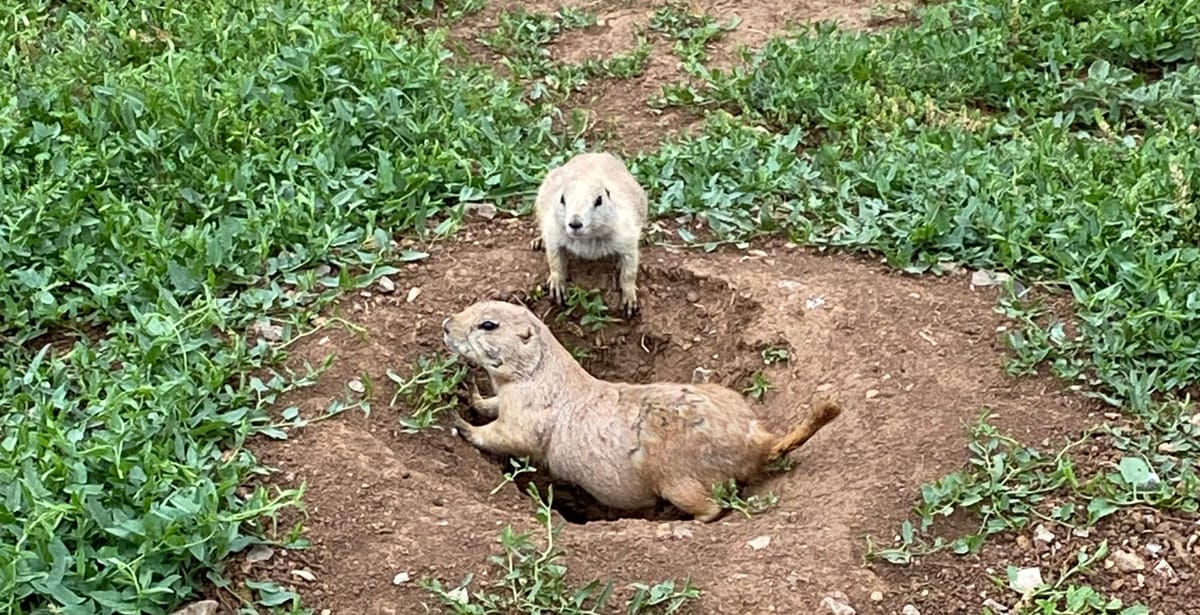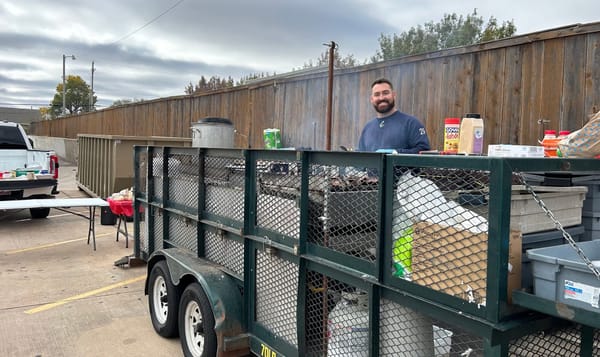Residents claim City of Lawton’s campground upgrades downgrade local environment
For residents living near Collier’s Landing, the city’s recent improvements seem to have caused a disruption in the very natural area they were trying to fix up.

It’s the responsibility of the city to keep up the various lands that make up city property, whether they be in town or intermingling with nature. From the outdoor recreational options to the vast array of wildlife, the natural parts of the city are one of the components that make Lawton unique.
A recent project initiated by the City of Lawton (COL) and achieved through the Oklahoma Department of Wildlife Conservation’s (ODWC) Boating and Fishing Access Program was intended to uphold that unique quality. An agreement for the project, signed by the ODWC and COL, included several adjustments to a preexisting area near Lake Ellsworth to make the area safer and more accessible to visitors.
The project was primarily funded by the fees and taxes obtained from those who use the area through the ODWC, with the remainder of the costs being covered by the city, who owns the area. The City of Lawton took on the construction for the project.
However, for residents living near Collier’s Landing, the city’s recent improvements seem to have caused a disruption in the very natural area they were trying to fix up. While the upgrades made in the parking area and boat dock in the Collier’s Landing Campground and Fisherman’s Drive were intended to make the area more accessible to those visitors who are handicapped, some individuals who live in the area feel the project was less considerate of the wildlife that call that space home.
According to Laurie Glidden, her and several of her neighbors have experienced various downsides to the city paving the parking lot and road. Glidden said she commonly takes her dogs for walks to the area where the construction took place to watch the Prairie dogs. Glidden, who’s originally from Maine said there weren’t Prairie Dogs where she’s from so seeing them was a highlight of her day.
She said the area was sectioned off for quite some time during the upgrades, but she began her walks again once it concluded and was disappointed to find that she wasn’t seeing the prairie dogs. Glidden said she spoke with some friends in the area who also expressed that they hadn’t seen the small creatures recently either. This led to Glidden and some others questioning whether it was city interference or the disruption of construction that resulted in their decline.
There were no details in the agreement that explained a process to remove or rid the area of Prairie dogs, but Glidden said she couldn’t think of any other reason for their disappearance. Larry Parks, who oversees parks areas as the Director of the Community Enrichment Department, said the city hasn’t eliminated any prairie dogs from the lakes.
“We paved the main drive and parking lot as part of lake improvements and there were no prairie dog holes,” Parks said. “We practice non-lethal means, and our staff has been briefed and trained on safe removal of Prairie Dogs, and I welcome and would be happy to review any evidence to the contrary.”
Parks said that while prairie dogs weren’t a focus in the Collier’s Landing project, they are a common concern in the parks. He said they can be destructive of sidewalks, trails, and infrastructure. Parks also made a point to note that the larger a prairie dog population is, the more frequent predator visits to the area are.
That said, Glidden’s other concern around the seeming disappearance of the prairie dogs is that the number of predators in her neighborhood seems to have gone up. Glidden said that recently she’s seen an influx of hawks and coyotes coming into her yard to hunt her animals. She’s now lost several chickens, cats and even a small dog to the predator attacks.
Glidden noted that predators have always been in the area, but never quite so bold. Glidden believes this timeline correlates with the prairie dogs being gone. She said that several of her neighbors have lost cats and dogs recently, which they also believe is due to predators.
“There’s a lot of talk. A lot of people are mad about it,” Glidden said. “The prairie dogs are part of the environment – clearly, they’re good for the environment.”
It should be noted that the agreement signed between the city and ODWC listed multiple standards that must be followed for such projects involving natural areas in regards to wildlife through the National Environmental Policy Act of 1969. Parks reiterated this point, stating that the city followed ODWC approved methods.
Still, this is no comfort to Glidden and her neighbors who prefer the natural balance of things. Glidden said while she wishes the city would acknowledge the matter, she hopes they will at least be more conscious of the environmental impact of their projects in the future. She also encourages other people who have been affected to attend public meetings and make their voices heard so the city can be truly aware of the community’s concerns about the matter.
“Go to the city meetings – make a plan and present it – make change!” Glidden concluded.




